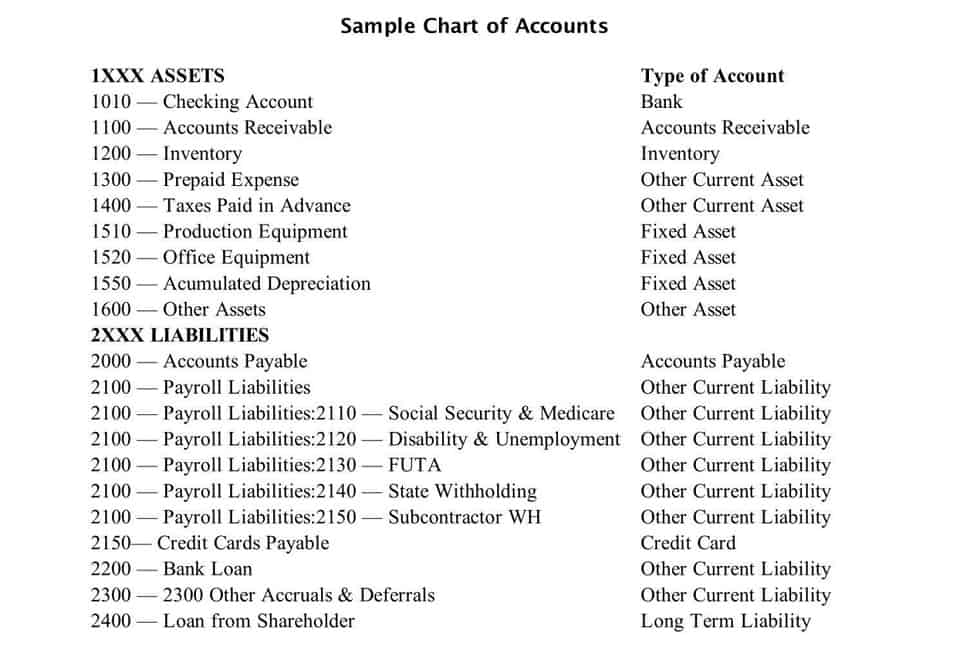
The What is bookkeeping last closing entry reduces the amount retained by the amount paid out to investors. The purpose of the closing entry is to reset temporary account balances to zero on the general ledger, the record-keeping system for a company’s financial data. On the statement of retained earnings, we reported the ending balance of retained earnings to be $15,190. We need to do the closing entries to make them match and zero out the temporary accounts.
Account Reconciliation

Permanent accounts (also known as real accounts) are those ledger accounts whose balance continues to exist beyond the current accounting period (i.e., these accounts are not closed at the end of the period). In the next accounting period, these accounts usually (but not always) start with a non-zero balance. All balance sheet accounts are examples of permanent or real accounts. As we mentioned, the income summary is a temporary account in itself. You will start by clearing out the income accounts from the income statement (revenue) and crediting the income summary.
Discover essential tips to streamline your month-end close process
- It’s vital in business to keep a detailed record of your accounts.
- Hence, strong accounting regulations and policies restrict the public listed companies from abusing certain loopholes while producing their financial reports.
- The process of using of the income summary account is shown in the diagram below.
- Most companies close on a monthly or annual basis but that isn’t to say it is uncommon to see a quarterly or semi-annual close.
- All expenses can be closed out by crediting the expense accounts and debiting the income summary.
- These accounts carry balances that extend the one-year period.
The year-end closing is the https://www.bookstime.com/articles/payment-recovery process of closing the books for the year. This involved reviewing, reconciling, and making sure that all of the details in the ledger add up. Debit the Income Summary account and credit each expense account. Debit each revenue account and credit the Income Summary account.
- Temporary accounts are used to accumulate income statement activity during a reporting period.
- Once we have obtained the opening trial balance, the next step is to identify errors if any, make adjusting entries, and generate an adjusted trial balance.
- Then, just pick the specific date and year you want the closing process to take place, and you’re done!
- Permanent accounts, such as asset, liability, and equity accounts, remain unaffected by closing entries.
- The income summary account is sitting with a 7,500 credit balance, right?
- Closing all temporary accounts to the retained earnings account is faster than using the income summary account method because it saves a step.
The Accounting Cycle
So we’ve got our revenues, our expenses and dividends are the temporary accounts. Dividends are not an expense, but they are a temporary account because they only hold closing entries the value from this year’s dividends then we want to start over next year. Alright, so those are temporary accounts being our income statement accounts plus dividends that are permanent accounts.

How to post closing entries?

The process of using of the income summary account is shown in the diagram below. The Income Summary balance is ultimately closed to the capital account. The above entry decreases the balance of retained earnings account. The above entry increases the balance of retained earnings account.
- No, permanent accounts carry their balances forward to the next accounting period.
- In other words, the income and expense accounts are “restarted”.
- This process transfers the balances of these accounts to permanent accounts, specifically retained earnings.
- They generally have a credit balance, and now we’re going to debit it to get it down to 0.
- The closing journal entries example comprises of opening and closing balances.
The credit to income summary should equal the total revenue from the income statement. Notice that the effect of this closing journal entry is to credit the retained earnings account with the amount of 1,400 representing the net income (revenue – expenses) of the business for the accounting period. Since dividend and withdrawal accounts are not income statement accounts, they do not typically use the income summary account.